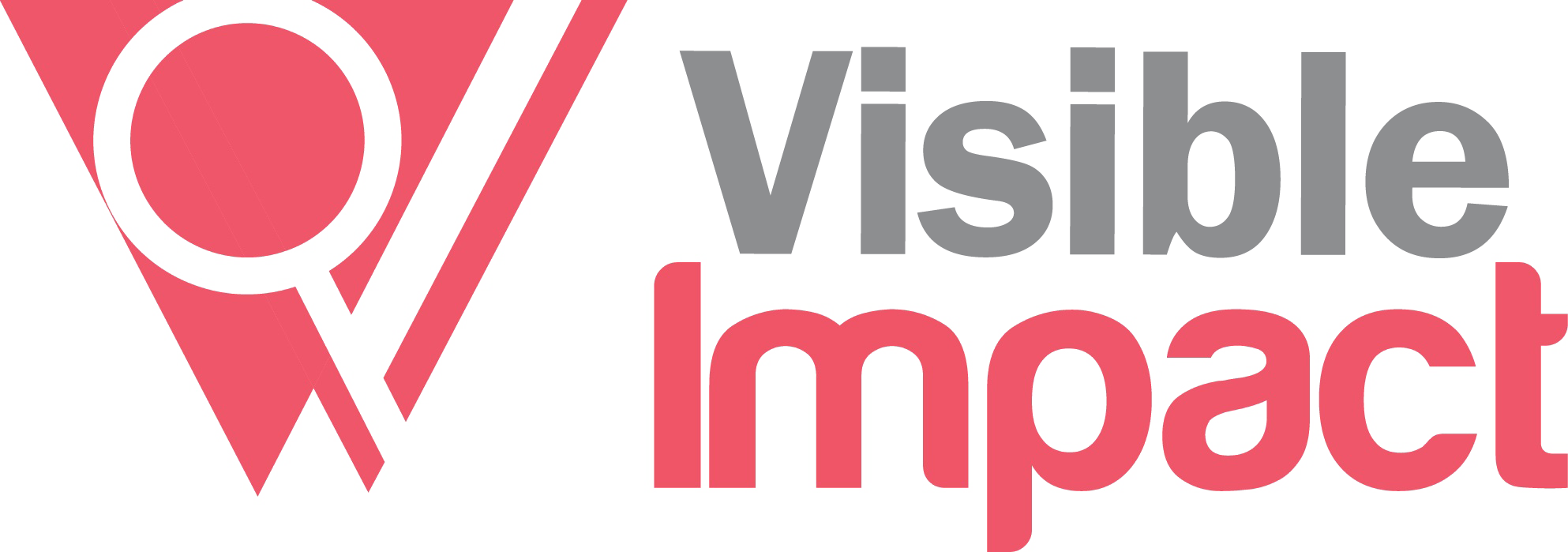"The Vulnerability of Women and Children during Disasters"
Women and children are among the most vulnerable groups during a disaster, such as an earthquake, flood, or storm. This is due to a number of causes, including economic, social, and physical ones.
First off, because of their physical makeup, women are more likely than men to be hurt or killed during disasters. Women frequently have fewer access to school and employment possibilities than men, which might restrict their physical strength and mobility in many communities. They frequently have elder and kid care responsibilities, which may hinder their capacity to flee danger swiftly.
Secondly, women and children are also more likely to be affected by the social and economic consequences of disasters. Women, in particular, are often the primary caregivers in households and communities and are therefore responsible for ensuring the well-being of their families. During a disaster, the loss of infrastructure, access to food and water, and healthcare can disproportionately affect women and children, who may have less access to resources than men.
Thirdly, women and children may also experience gender-based violence during and after disasters. The breakdown of social structures and the displacement of communities can create conditions that increase the risk of sexual assault, domestic violence, and exploitation.
The 2015 earthquake in Nepal brought to light the vulnerability of women and children in emergencies. Basic menstruation supplies were out of reach for many women, which can result in infections and other health issues. Along with striving to secure their safety and well-being, women and children also had to deal with the task of caring for the sick and aged.
It is essential to make sure that the special requirements of women and children are taken into account in disaster planning and response strategies in order to handle these problems. This involves ensuring that women are represented in decision-making processes and that they have access to basic necessities like food, water, and healthcare. Women and children can be given the tools they need to actively participate in defending their communities and themselves by receiving education and training on disaster preparedness.
In conclusion, women and children are among the most vulnerable populations during disasters. Addressing their specific needs and concerns is essential to ensuring they are protected and supported during times of crisis. By investing in disaster preparedness and response efforts that prioritize the needs of women and children, we can create more resilient and sustainable communities.
